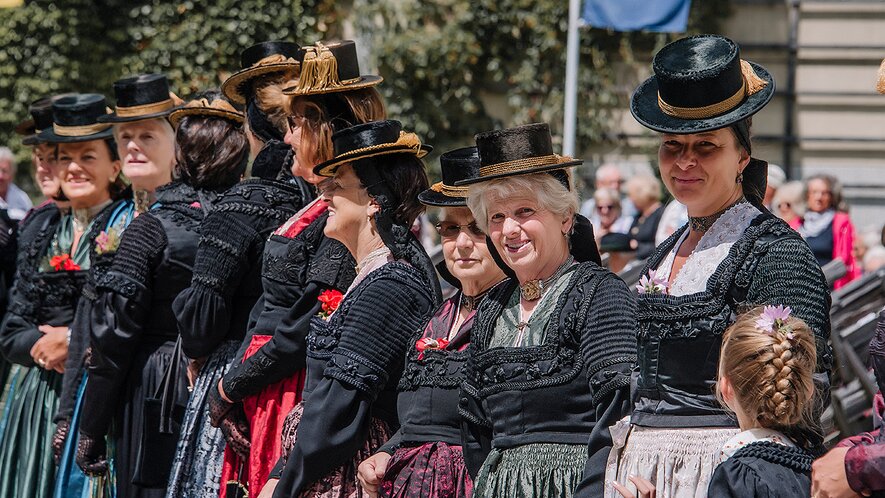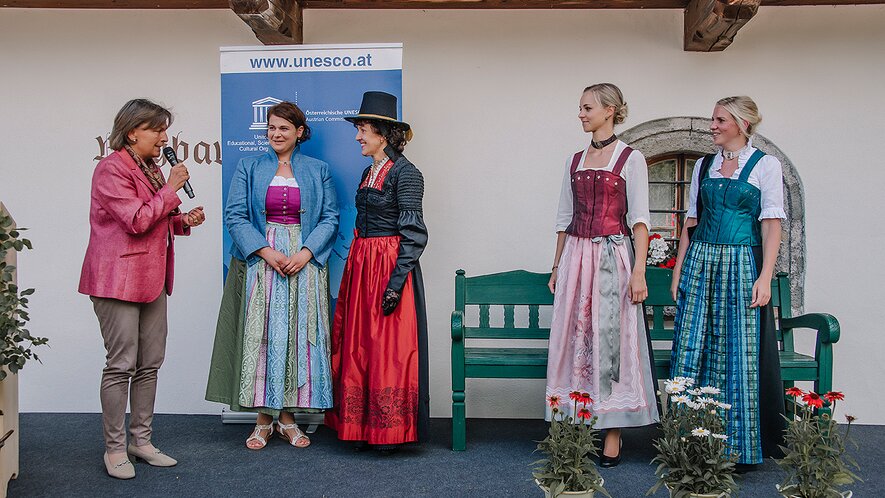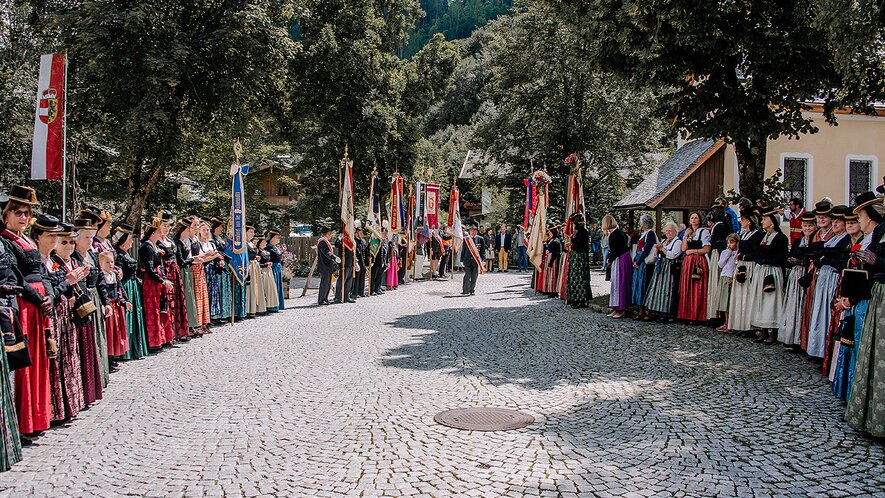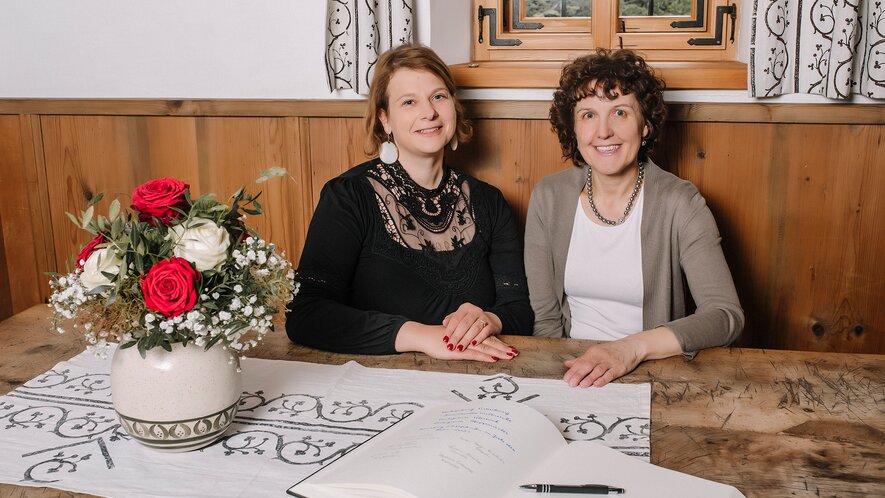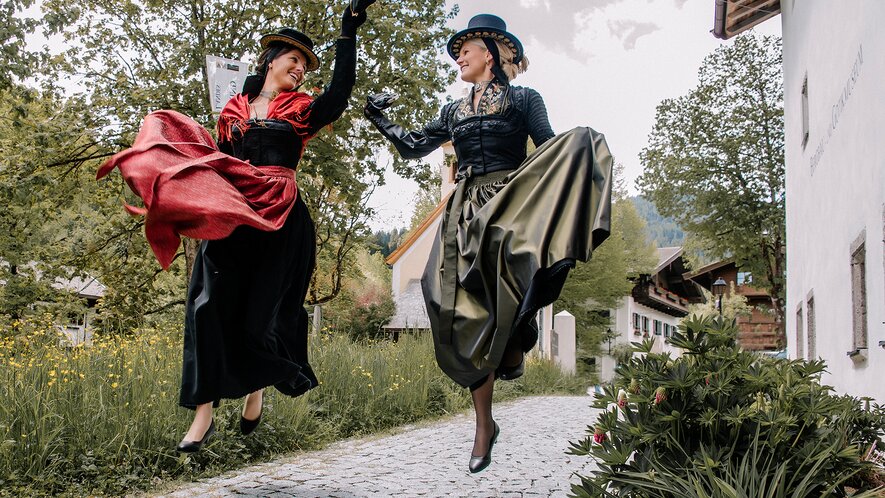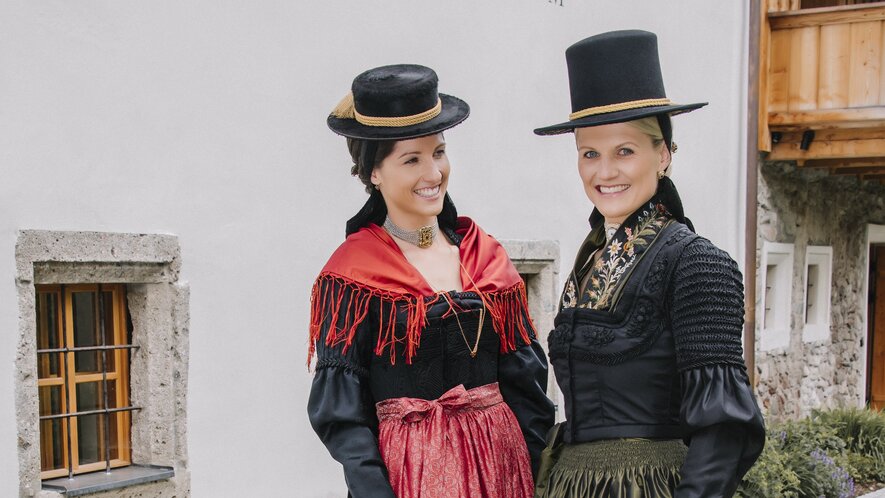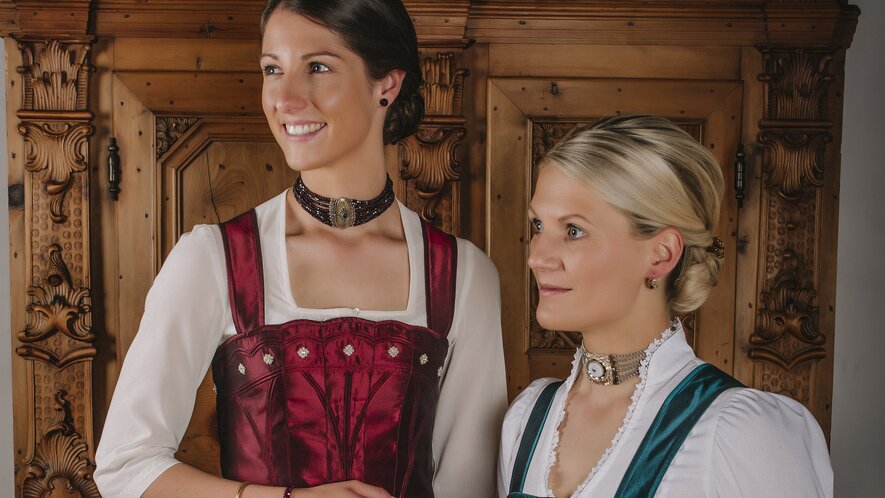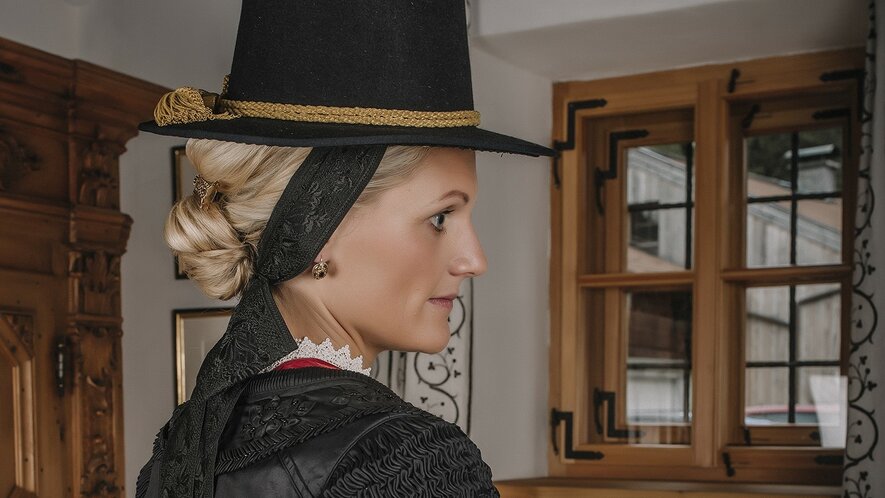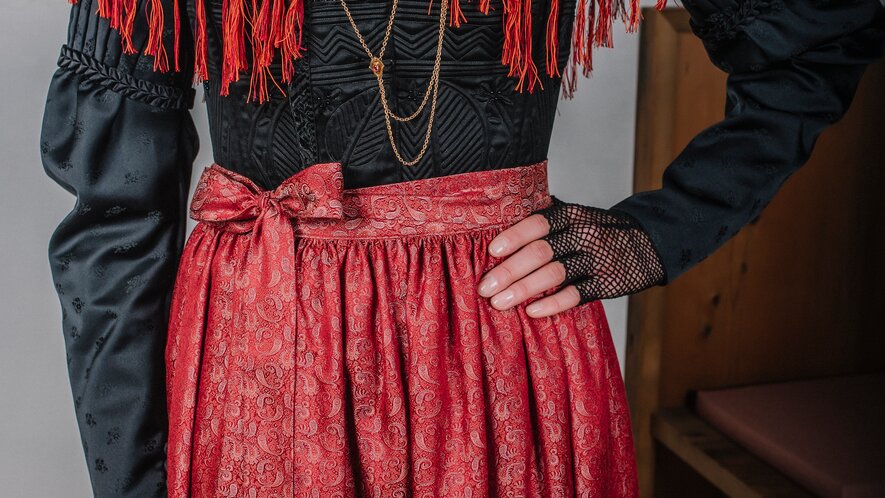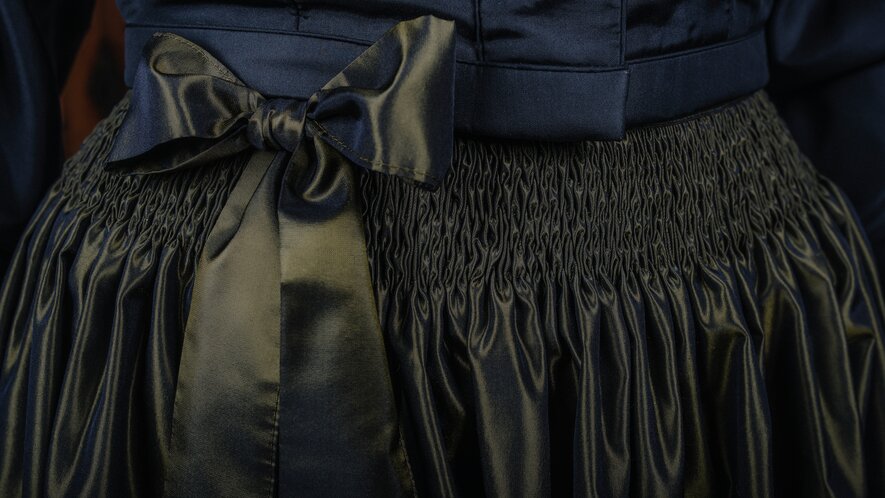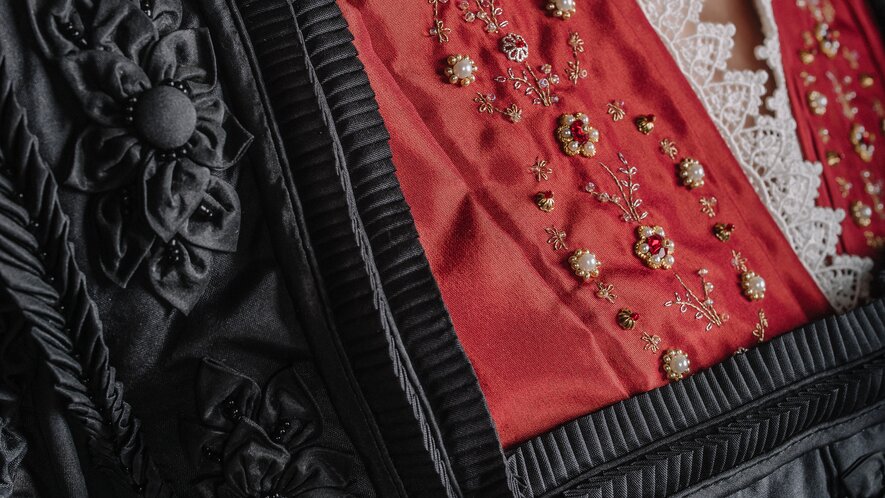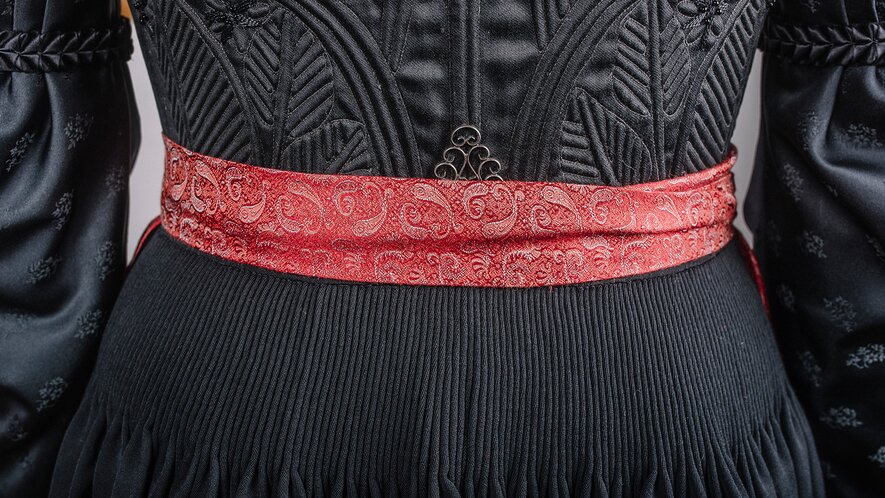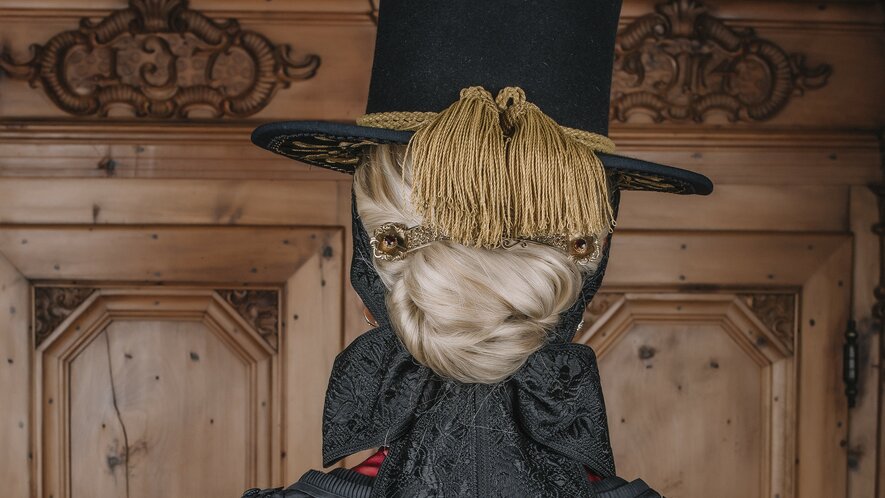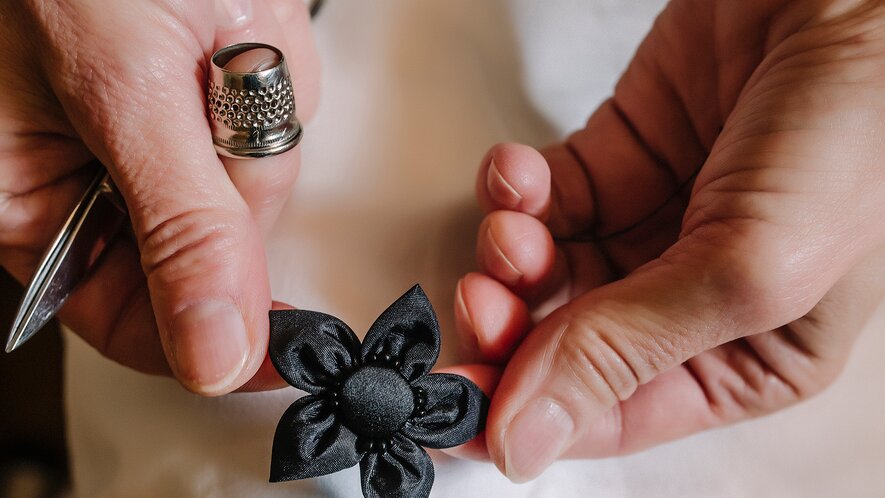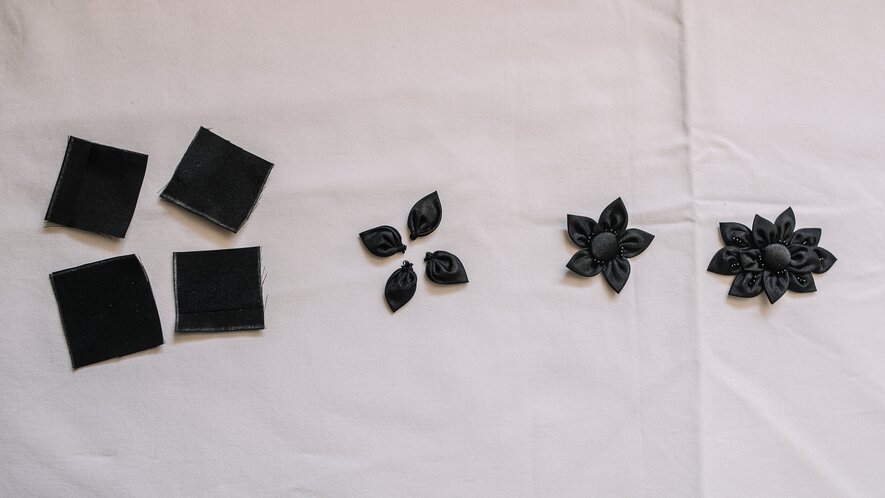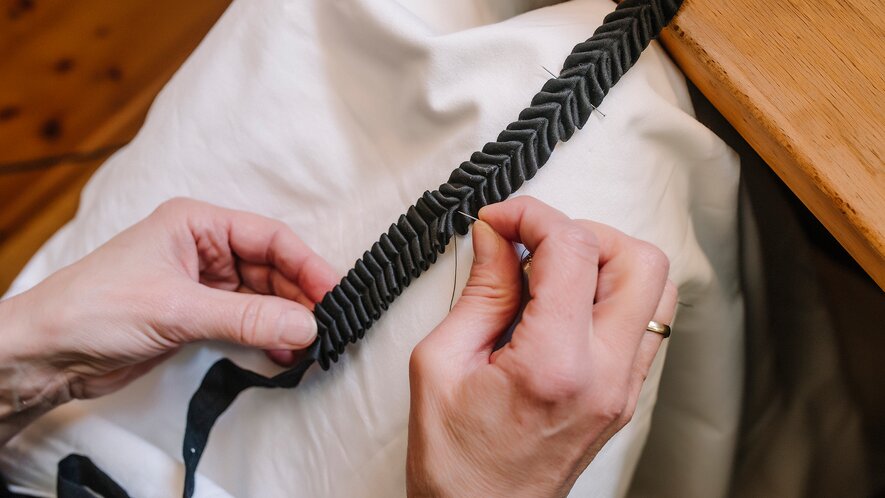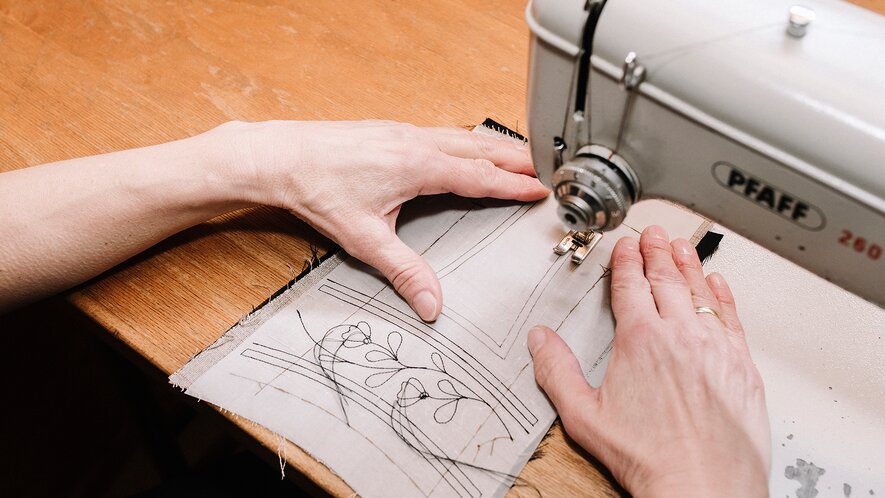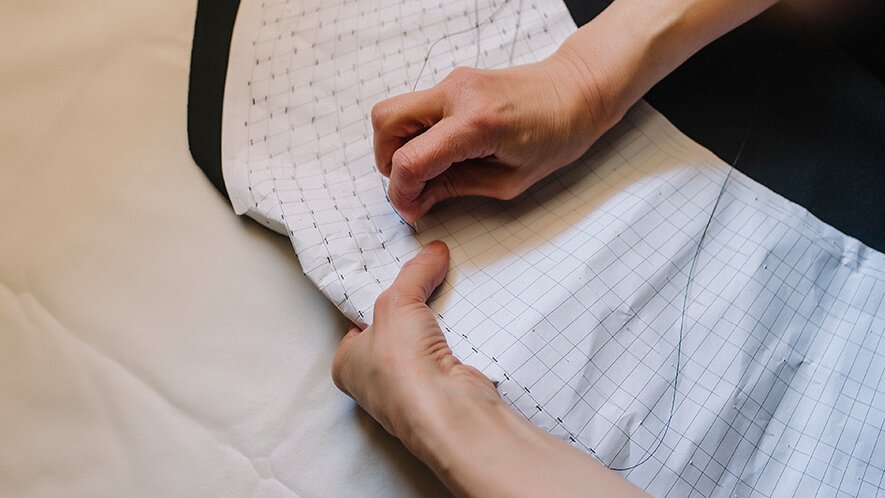UNESCO Cultural Heritage: The Pinzgau festive costume
Garnierspenzer, quilted bodice and hats have been included by UNESCO in the list of intangible cultural heritage in Austria. We found out what the Pinzgauer Festtagstracht is all about and how it found its way onto this list.
Well dressed
If you have ever been to one of the many traditional events in Saalfelden Leogang, you have certainly seen them: the many women in traditional Pinzgau festive costumes, casually called "Überrock" and in the technical literature "Garnierspenzer". The women wear the festive garments gracefully and proudly, and thus give every festival a special glamour.
UNESCO Prize
UNESCO's Intangible Cultural Heritage designates cultural expressions that are directly supported by human knowledge and skills, passed on from generation to generation, and constantly created and changed. The fact that the Pinzgau festive costume has made it onto this list is thanks to the commitment of two master tailors: Christine Eberl and Sandra Thaier from Leogang. They were supported in their extensive application by the Museum of Mining and Gothic Art Leogang. In November 2021, the time had come: the UNESCO Commission recognized the Pinzgau festive costume as an intangible cultural heritage. The award ceremony took place right here in Leogang in July 2022.
From generation to generation
"I inherited my overskirt from my grandmother. I had it adjusted a bit and now I love wearing it on festive occasions. It makes you feel very special", says a young woman from Leogang. In the past, a young woman was given an overskirt for her wedding, and from then on it accompanied her throughout her life as a Sunday and holiday costume - and even today this tradition is still practiced. The basic features of the quilted bodice and the Garnierspenzer costume even date back to the 17th century, and the first pictorial evidence of the holiday costume dates from around 1850. "The passing on of the costume over generations fulfills a special social function. So I am very pleased that the wearers are particularly proud to be able to wear the traditional costume of their mothers or grandmothers," emphasizes Hermann Mayrhofer, who supports the project as curator of the Museum of Mining and Gothic Art Leogang, and also points out the associated sustainability.
Garnierspenzer, hat and quilted bodice
Today, the complete version of the traditional costume includes eight pieces that can be worn in combination, depending on the occasion: The skirt and top are separate garments connected by a silver hook, and the skirt is the unchanging component of the costume. On Sundays, the traditional costume is worn as a bodice, consisting of a quilted bodice and the "Unterröckl". On important occasions one shows oneself in the Garnierspenzer. The colour of the apron and the breast cloth are adapted to the respective occasion, so dark colours are worn at funerals and lighter colours at cheerful occasions. The traditional costume is completed with the so-called brush hat. Particularly the quilted bodice is extremely versatile, can be suitably combined for a wide variety of occasions and therefore fits perfectly into today's world.
Highest craftsmanship skills
Garnierspenzer and quilted bodices are worn as festive costumes in all of Salzburg's mountain regions, including Pongau and Lungau. The Pinzgau costume stands out because of the particularly elaborate design of the tops. The attachment of the flowers made of silk and the relief quilting on the bodice require the highest craftsmanship which only a few are able to to today. Master tailor Christine Eberl makes about only one overskirt per year, as this represents a workload of about 140 hours.
Photos: Susanne Bayer Fotografie



